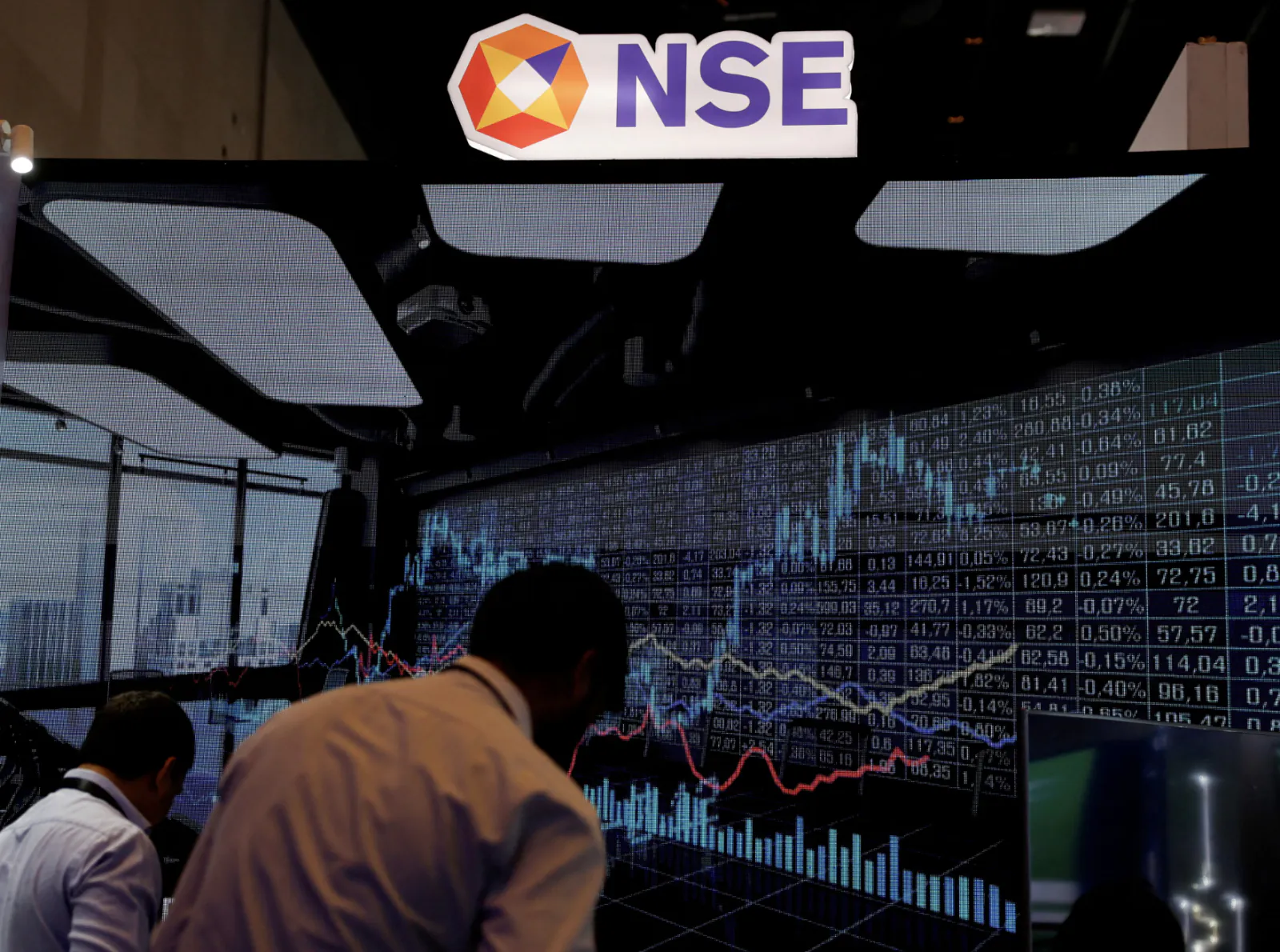How will electricity futures be traded when the NSE receives approval to launch them?
Now electricity trading will also be possible in the stock market. Market regulator SEBI has allowed the country's largest stock exchange NSE to start electricity futures trading (NSE Electricity Futures). MCX has already got its approval. Let us know what will be the benefit of this decision and how will electricity futures be traded?

The Securities and Exchange Board of India (SEBI) has approved the National Stock Exchange (NSE) to launch a monthly electricity futures contract (NSE electricity futures). Last week, SEBI also approved an electricity futures contract for the Multi Commodity Exchange (MCX).
Experts say this will help improve the financial condition of power companies facing crises. Through futures contracts, buyers will be able to purchase electricity at a fixed price in the future. Currently, electricity derivatives are traded on platforms such as CME Group, Euronext, Intercontinental Exchange, and European Energy Exchange worldwide.
Power companies in India currently rely on long-term power purchase agreements (PPAs) of up to 25 years. Additionally, they buy electricity on a short-term basis for peak demand (Power trading in India). Power distribution companies owe about $9.5 billion due to expensive long-term purchases, subsidized supply, and power loss from poor infrastructure.
NSE MD and CEO Ashishkumar Chauhan stated that this approval is the first step toward expanding NSE's power derivatives ecosystem. We are also planning to launch long-duration derivatives like Contracts for Difference (CFD) as well as quarterly and annual contracts. However, this will depend on regulatory approval.
Hexa Climate Solutions Chairman Sanjeev Agarwal said, "Discoms will be able to plan purchases dynamically using the forward curve. This will help reduce costs, avoid unnecessary contracts, and better estimate demand."
The forward price curve helps predict future power prices. Presently, discoms sell solar surplus at a lower price during the day, but now, by using derivatives, they will be able to sell it at a higher price than previously fixed. They will also have the ability to purchase power at a lower price using contracts during non-solar hours when spot prices usually rise.
Aditya Malpani, senior director at Ampin Energy Transition, noted that power producers can also hedge by taking inverse positions in the derivatives market using the forward price curve.
For Latest News update Subscribe to Sangri Today's Broadcast channels on Google News | Telegram | WhatsApp




































.jpeg)


































































































